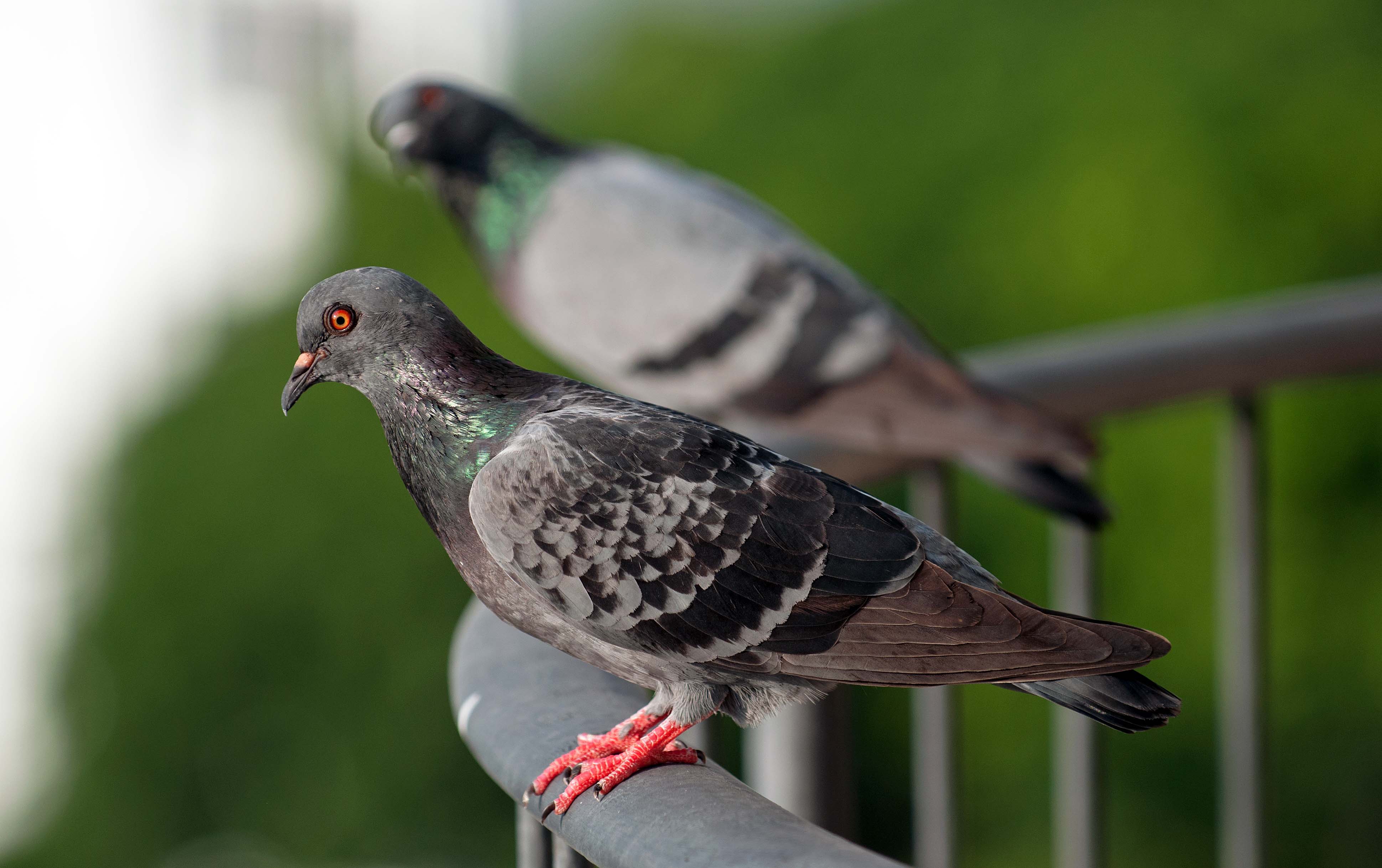Pigeon Populations

Jul 22, 2019 The owners of these 2 permissions ( at 3 different locations) have asked me to thin out the feral pigeon populations at their dairies. These birds eat 15 percent of their body weight a day in feed.
Most studies on factors influencing density of the feral pigeons Columba livia var. Domestica were carried out in large cities and agglomerations. However, also in small towns, pigeons are important epidemiological and sanitary problem.
In our studies, feral pigeons were censused in 33 towns located in the Pomeranian Province (northern Poland) during 2006–2008. These birds occurred in 19 (57.6%) towns. The number of pigeons was positively correlated with the area of the town, and it was significantly higher in towns localized in agricultural landscape than in towns surrounded by forests.
We also found a significant effect of interactions between type of a landscape surrounding a town and residual number of inhabitants on the abundance of pigeons. In the largest towns of the Pomeranian Province, feral pigeons were concentrated mainly in central quarters. In smaller towns, they were noted in central parts or in areas with blocks of flats and even the suburbs. The obtained results suggest that food conditions in small and middle towns may be not sufficient for colonization by pigeons. The first analytical aim of the research was to describe the spatial aggregation in the abundance of the species by means of Moran's I correlograms.
A correlogram is a graph in which spatial autocorrelation values of a given parameter are plotted on the ordinate against distance classes among sampling points (Legendre; Legendre and Legendre ). The spatial autocorrelation value at a given distance class indicates how predictable (positively or negatively) is the abundance of birds in a given point of the sampling framework. This probability is expressed as a function of the abundance of birds in a sampling point (town) located at the distance to x. Autocorrelation Moran's index typically varies between −1 and +1 with no significant values close to zero.
Taking into account our sampling design, we considered eight distance classes chosen so that the number of towns' pairs was equal in each interval. We also manipulated with the distance classes and intervals in various ways, changing the distance from 10 to 40 km as well as altering the number of intervals, but this had no impact on the final results. To test the significance of the autocorrelation, we applied P values based on the proportion of 500 Monte Carlo simulations performed in SAM statistical software (Rangel et al. ).As we did not find evidence for spatial autocorrelation (see “” section), we used ordinary generalized linear model (Crawley ) with Poisson error distribution and log-link functions for testing which factors significantly influenced number of pigeons living in the studied areas.
Release Date:. Platform: amiibo. Ice climber amiibo. Franchise: Super Smash Bros.
This method is recommended for counts data (Mac Nally ). Function parameters were estimated by Firth adjusted maximum likelihood method (Firth; Jowaheer and Khan ) and corrected for over-dispersion. The explanatory variables were as follows: (1) landscape cover around the town (coded as binary variable: 0, forest and water habitats; 1, farmland), (2) town area (square kilometre) and (3) number of inhabitants (log-transformed). Town area and number of inhabitants were highly positively correlated ( R 2 adj = 0.62, P. The statistical analysis indicated that the best-suited model contained all the effects (AICs = 3,893.3) and explained 86% of variance. All models with reduced number of explanatory variables had higher AICc.

The number of pigeons was positively correlated with the area of the town (Table and Fig. ), and it was significantly higher in towns localized in agricultural landscape (mean ± SE, 338.7 ± 1.3) than in towns surrounded by forests (mean ± SE, 11.2 ± 1.9; mostly because in a few latter towns, pigeons were absent). We found significant effect of interactions between type of a landscape surrounding a town and residual number of inhabitants on the abundance of pigeons (Table ). In towns surrounded by forests and waters, the number of inhabitants was positively correlated with the number of pigeons, whereas in towns surrounded by the agricultural land, the relationship was absent (significant difference in the regression slopes, Fig. ).
